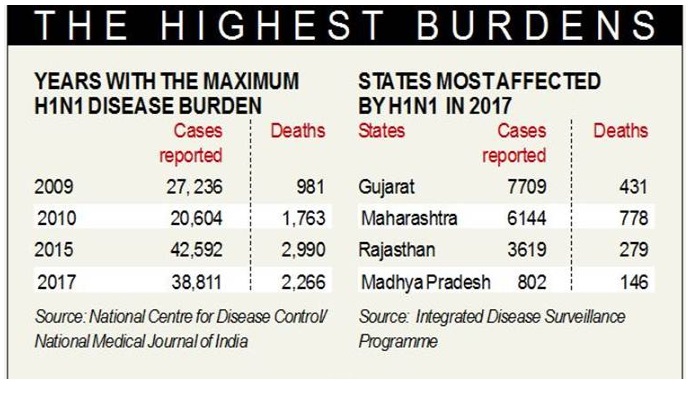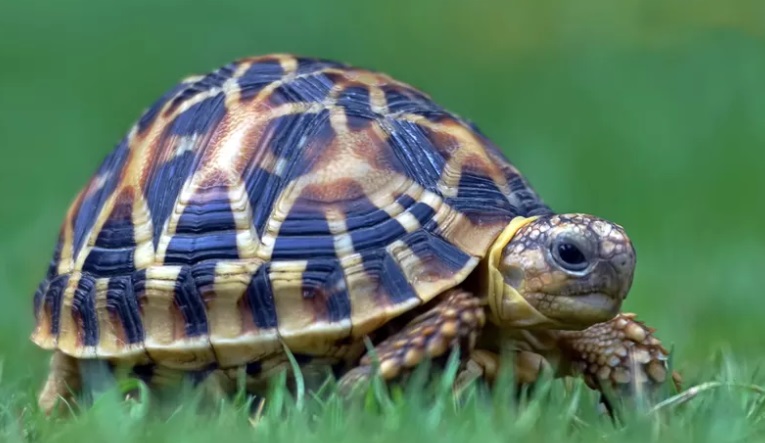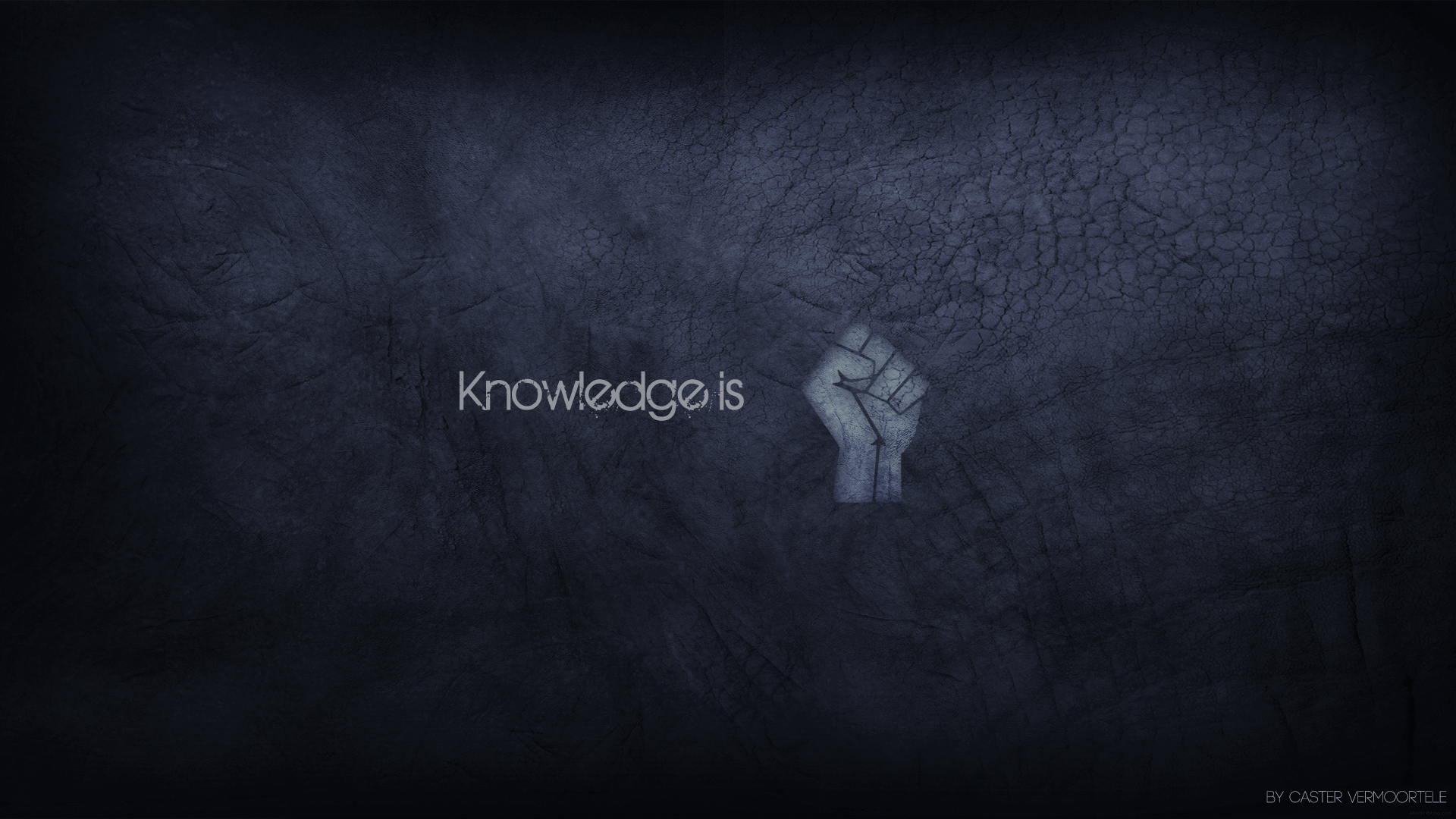7667766266
enquiry@shankarias.in
Shagun
H1N1 Influenza Outbreak

Coprolite
CoP18 of CITES

Source: PIB, The Indian Express

SAM 6 years
please include the images for all animals and anything that you give in the matter .. that looks interesting in reading and makes reading our articles adorable..
(like tortoise) :)